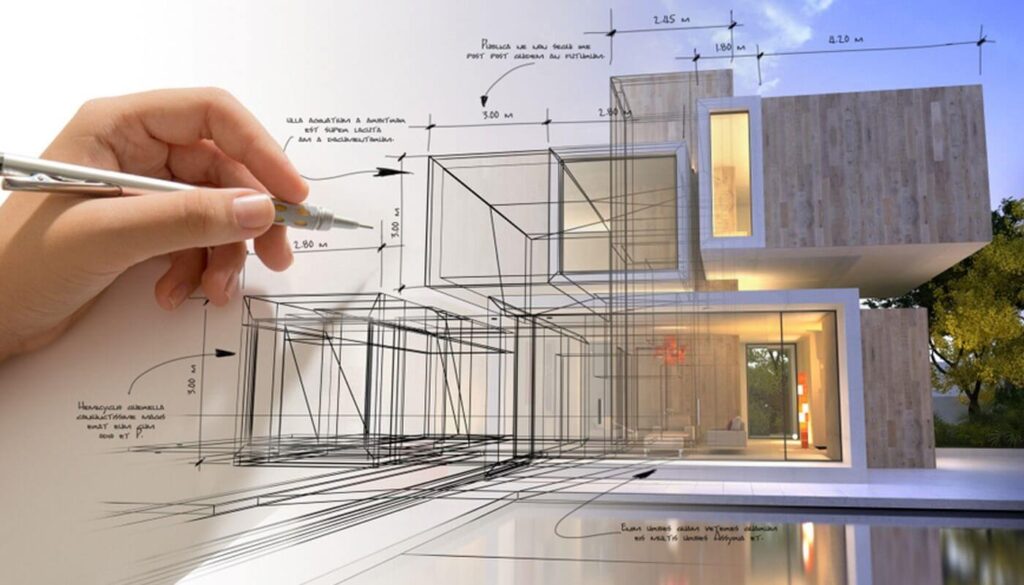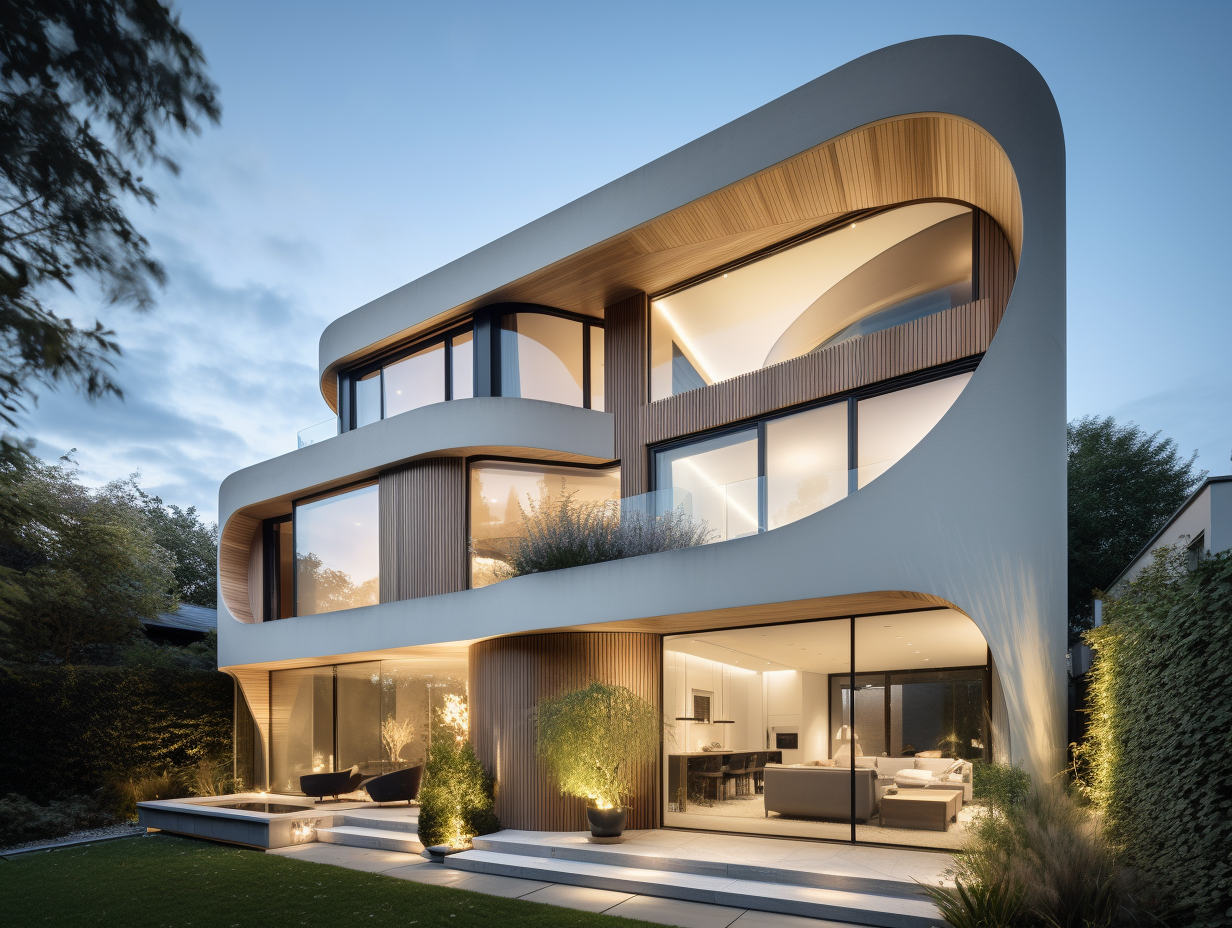Comprehending the Collaborative Process Between Engineers and Engineers in Modern Building And Construction Projects
The collective process in between architects and engineers is crucial in modern building projects, as it harmonizes style intent with design feasibility. This collaboration not only affects the aesthetic and practical facets of a project however additionally plays an essential function in resolving sustainability challenges. By employing effective communication methods and leveraging innovative modern technologies, such as Structure Information Modeling (BIM), teams can work much more cohesively. Nevertheless, the ins and outs of this cooperation often present distinct challenges that can impede development. Discovering these characteristics reveals insights that could considerably affect job end results and overall sector criteria. cda architects.
The Importance of Collaboration
The collaborative harmony in between designers and engineers is necessary for the successful awareness of any building project. This collaboration brings with each other unique expertise and viewpoints, making it possible for the integration of cutting-edge style with practical design options. By interacting, designers and engineers can ensure that a task not just meets aesthetic and useful needs however likewise complies with safety and security, sustainability, and monetary constraints.
Collaboration cultivates a common vision, facilitating the placement of goals and assumptions from the outset. This placement is essential in dealing with potential challenges and mitigating risks that can develop throughout the project lifecycle. In addition, a collective strategy enables the efficient allotment of sources, enhancing both time and price.
The value of cooperation includes the iterative process of style and building and construction, where feedback from engineers can inform architectural decisions, causing even more feasible and sustainable styles. Alternatively, engineers can motivate engineers to think creatively regarding exactly how to accomplish architectural honesty without compromising creative intent. Eventually, the joint partnership in between engineers and designers is not simply beneficial; it is fundamental to the creation of top quality, functional, and innovative built environments that meet the needs of culture.
Communication Strategies and Devices
Efficient communication techniques and tools are vital for cultivating cooperation in between designers and engineers throughout the project lifecycle. Developing clear networks of communication is necessary to guarantee that all staff member are straightened with job goals, timelines, and obligations. Routine meetings, both in-person and virtual, provide possibilities for stakeholders to review progression, address problems, and make notified decisions.

Additionally, embracing joint communication devices, such as Slack or Microsoft Teams, permits immediate messaging, file sharing, and continuous discussions, promoting an extra nimble feedback to emerging problems. Record management systems likewise play an essential function in arranging project documentation, making certain that all team participants have accessibility to the most recent info.
Shared Objectives and Project Vision
A combined job vision functions as the structure for successful collaboration between designers and designers (cda architects). This shared vision not only lines up the initiatives of both events but also establishes a typical framework for decision-making throughout the job's lifecycle. By expressing clear objectives, stakeholders can properly browse the intricacies of modern construction projects, guaranteeing that additional reading both aesthetic and practical demands are fulfilled
Developing common objectives entails open discussion and a comprehensive understanding of each self-control's payments. Engineers normally concentrate on design intent, spatial relationships, and individual experience, while engineers highlight structural stability, systems performance, and conformity with laws. When these viewpoints are straightened, the outcome is a natural task that complies with both imaginative desires and technical feasibility.
Additionally, a distinct project vision promotes responsibility amongst group members, urging each individual to take possession of their function in accomplishing the preferred result. Routine check-ins and collective workshops can additionally enhance this commitment, allowing for adjustments to be made as the job progresses. Eventually, a shared vision not only boosts teamwork but additionally raises the high quality of the final deliverable, bring about effective job completion.
The Duty of Modern Technology
Leveraging modern technology has come to be vital in enhancing cooperation between engineers and designers. Structure Info Modeling (BIM) stands out as an essential modern technology, allowing both designers and engineers to develop detailed 3D versions that encapsulate design intent and structural stability.
Furthermore, cloud-based platforms enable seamless cooperation, permitting job stakeholders to accessibility and update project data from anywhere. This cultivates a society of openness and responsibility, as changes can be tracked and reviewed in real-time. In addition, mobile applications more improve communication, providing on-site groups with prompt access to project specifications and updates.
Arising modern technologies such as expert system and device learning are additionally starting to play a function in anticipating evaluation, assisting groups determine potential concerns prior to they occur. Inevitably, the function of technology in architecture-engineering collaboration not just enhances workflow performances however also boosts development, leading to even more successful task results. By embracing these technical developments, architects visite site and designers can guarantee an extra cohesive and effective collective process throughout the building and construction lifecycle.
Situation Researches in Successful Collaborations
Various instance studies highlight the extensive impact of reliable partnerships between engineers and engineers on task outcomes. One remarkable example is the cooperation on the High Line in New York City, where landscape engineers, engineers, and metropolitan organizers functioned together to change an abandoned railway into a vivid public park. This multidisciplinary method not just enhanced the aesthetic top like it quality but additionally guaranteed architectural safety and ecological sustainability.

The Burj Khalifa in Dubai even more demonstrates the relevance of collective initiatives - cda architects. The combination of style and design knowledge allowed the job team to accomplish unprecedented heights while adhering to safety policies and aesthetic vision
These examples underscore the importance of communication, trust, and shared objectives. In today's intricate building and construction atmosphere, such partnerships are important to navigating challenges and supplying jobs that satisfy both practical and visionary goals.
Conclusion
In conclusion, the cooperation between designers and engineers is essential for the success of modern-day building and construction jobs. Effective interaction methods, a shared project vision, and the assimilation of innovative innovations are vital components that promote this partnership. By fostering a society of responsibility and leveraging tools such as Structure Info Modeling (BIM), teams can navigate task intricacies, guaranteeing that aesthetic, useful, and sustainability goals are accomplished. Eventually, this synergy leads to ingenious and successful task outcomes.